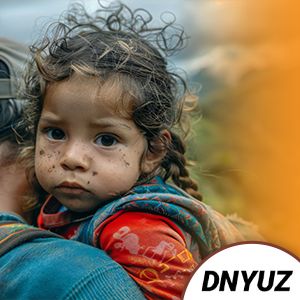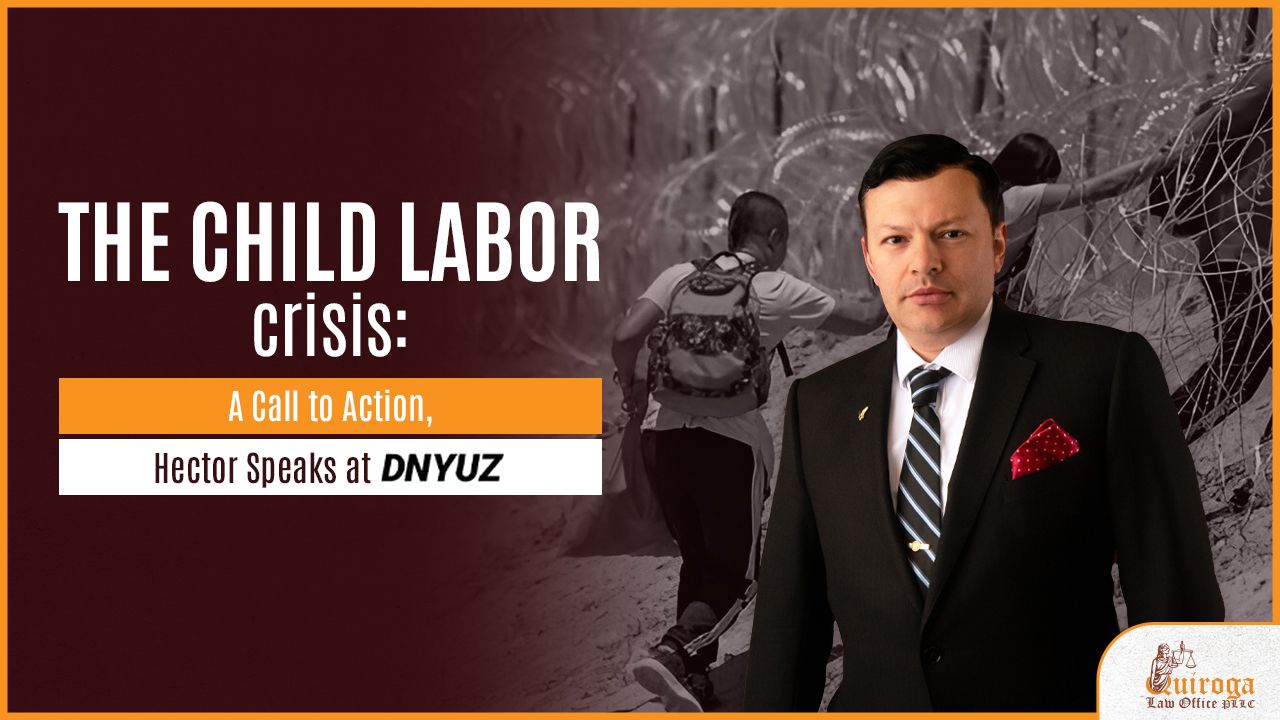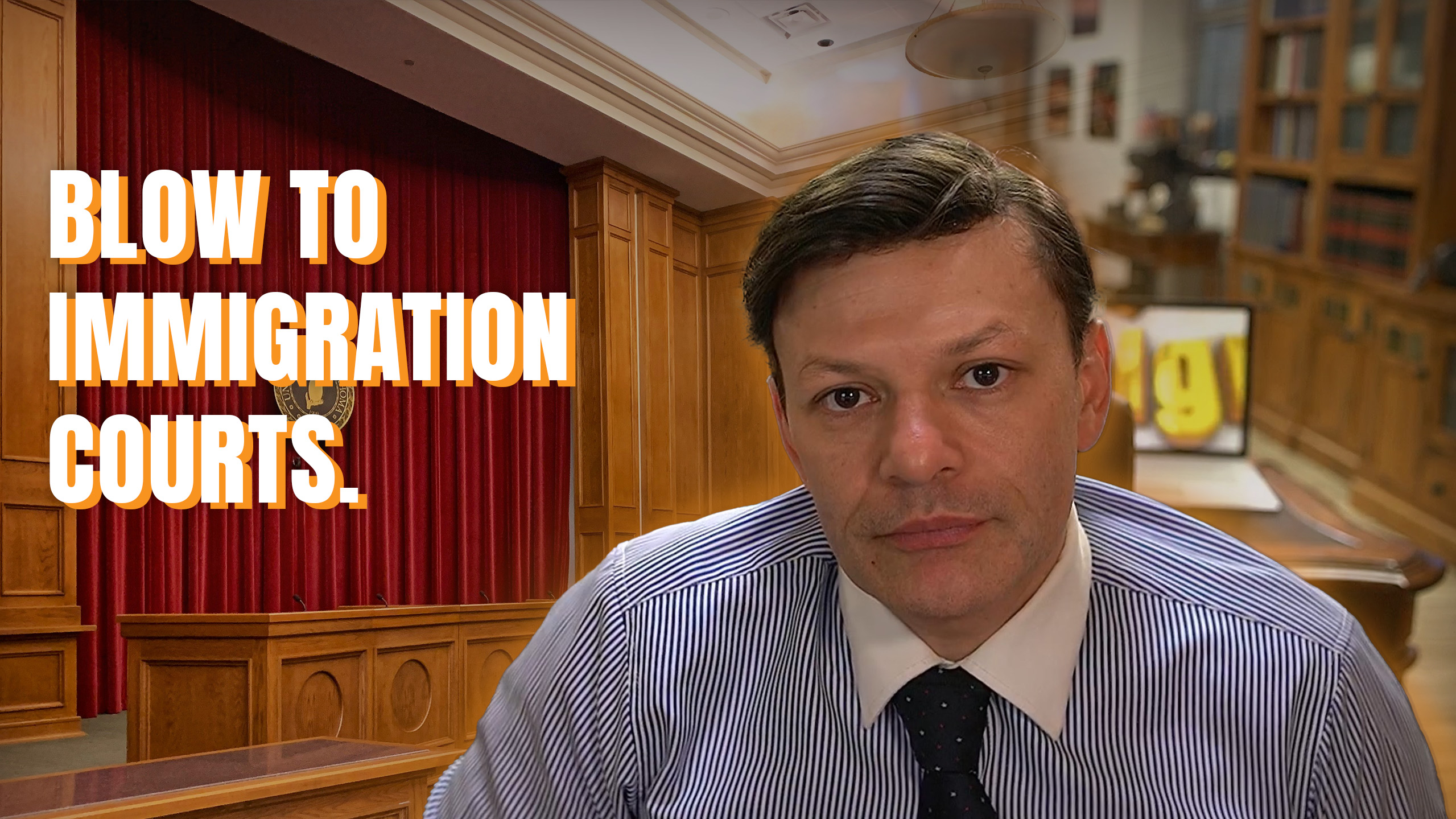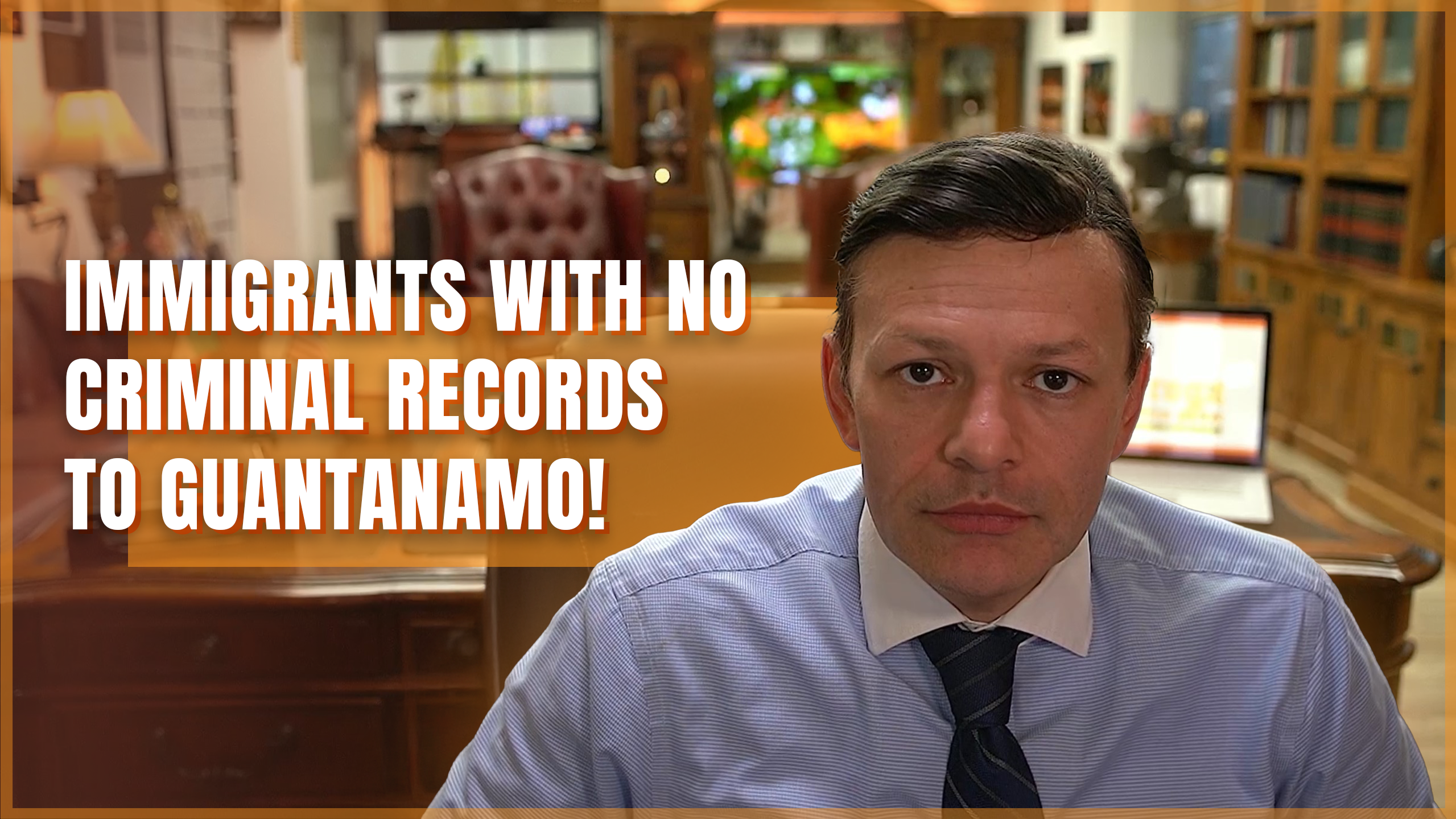The Crisis of Child Labor: A Call to Action, Hector Speaks at DNYUZ
 In recent years, the United States has seen an alarming increase in the number of minors employed under concerning work conditions, a situation exacerbated by the current migration crisis.
In recent years, the United States has seen an alarming increase in the number of minors employed under concerning work conditions, a situation exacerbated by the current migration crisis.
According to recent data from the Department of Labor (DOL), violations of child labor regulations have multiplied, particularly in high-risk industries such as agriculture and manufacturing.
- Affected Industries: The most implicated are those demanding intense physical labor and presenting significant health risks.
- Alarming Data: The number of reported cases has shown continuous growth, reflecting a trend that requires urgent attention.
Hector’s Perspective on the Situation
Hector notes that “minors are often assigned to areas with high concentrations of migrants, which directly influences the employment patterns of these youths in risky sectors.”
This underscores the need for more rigorous verification of sponsors and more effective supervision of the working conditions for minors.
Strategies to Address the Issue
It is crucial to implement concrete measures to combat this growing situation:
- Strengthening Sponsor Verification: Improving processes to prevent minors from falling into exploitation networks.
- Ongoing Support: Providing minors with constant monitoring and support once placed with sponsors, thus ensuring their well-being and safety.
- Education and Awareness: Educating minors and their families about their labor rights to prevent exploitation.
Social and Economic Impact
The employment of minors not only affects the individuals involved but also has significant repercussions on the social and economic fabric of the community. The consequences of child labor exploitation can be devastating, including long-term health problems, disruption of education, and perpetuation of poverty cycles.
Moreover, the integration of these young people into the labor market under adverse conditions can lead to a decrease in overall productivity and a destabilization of established labor standards. It is essential to recognize that these minors are a vulnerable part of the workforce that requires special protection.
Addressing the rise of child labor in a migration context requires a comprehensive approach involving multiple government entities and non-governmental organizations. Only through coordinated efforts and robust policies can we ensure a safer and more equitable future for these vulnerable youths.
This situation is not only a reflection of the urgency to act against labor exploitation but also a call to improve immigration and employment policies to effectively protect those most affected by these crises.



